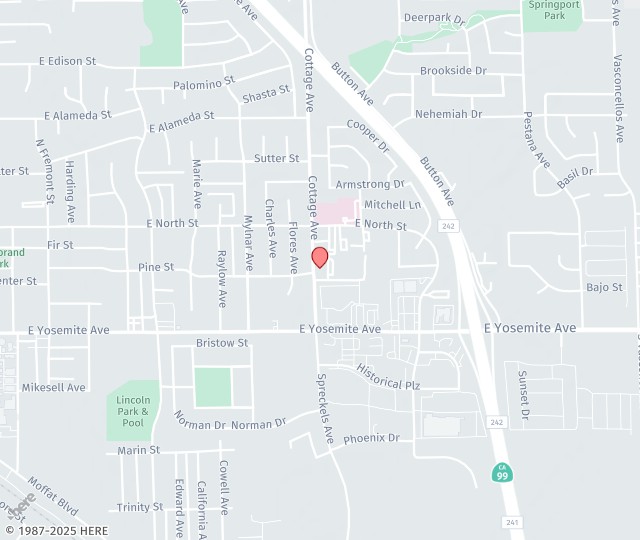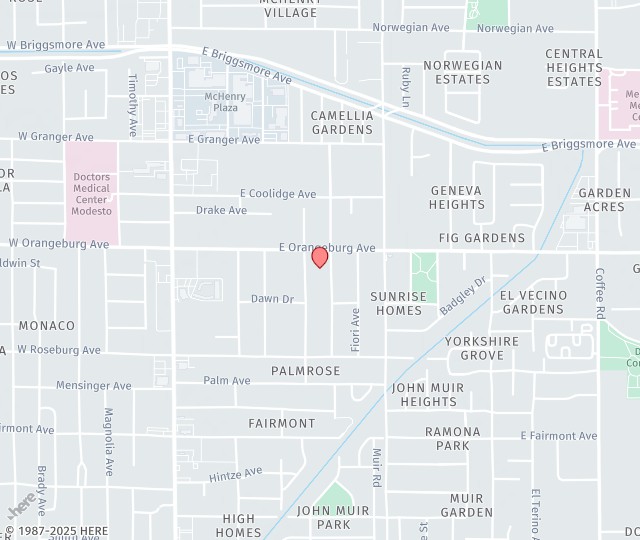
At Central Valley Eye Medical Group, our orbital surgery specialist is Dr. Tittler. He leads treatment of orbital tumors, including surgery.
What causes orbital tumors?
Orbital tumors are named by where they first developed. These growths can be either primary (meaning the tumor originated in the orbit) or metastatic (meaning the tumor comes from the spread of cancer elsewhere in the body). When primary orbital tumors develop, their cause is often unknown. Tumors can be growths that extend from the sinuses into the orbit. The lacrimal glands, which secrete the aqueous layer of tear film, can be a cause. Inflammation or infection can lead to an orbital tumor. The most dangerous form of skin cancer, melanoma, can also create orbital tumors once the cancer starts dropping cells into the blood stream.
What are the symptoms of an orbital tumor?
The most common symptom of an orbital tumor is called proptosis, where the eye protrudes forward. This is the complete list of symptoms:
- Bulging forward of the eyeball
- Flattened eyeball
- Numbness or tingling around the eye
- Inability to move one eye in synch with the other
- Vision changes or loss
- Pain around the eye
- Swollen or droopy eyelid
What is the process for removing an orbital tumor?
At Central Valley Eye Medical, Dr. Tittler, usually performs these procedures. Orbital tumors may be treated with stereotactic radiosurgery. This is a non-invasive procedure where highly focused beams of radiation are directed at the tumor to destroy it. Chemotherapy, where cancer-fighting drugs are delivered into the bloodstream to seek out and destroy the cancer cells, can also be used.
Surgery is often the best option for removing these tumors. This is because benign tumors don’t respond to either radiation or chemotherapy, as the cells are not cancer cells. But benign tumors can still grow and begin pressing on areas of the eye, such as the optic nerve. This can threaten the patient’s vision if left in place. These are complex surgeries, and they often involve Dr. Tittler working in tandem with a neurosurgeon.
The tumor is often approached from the side, but it may be necessary to access it from above or below the eye. The surgery can take from 4 to 8 hours, depending upon the complexity of the growth. Reconstruction of the skull and/or orbit may be required.
If you have any of the symptoms of an orbital tumor, or if your primary care physician is having trouble with a diagnosis, please give us a call at Central Valley Eye Medical Group, (800) 244-9907.



